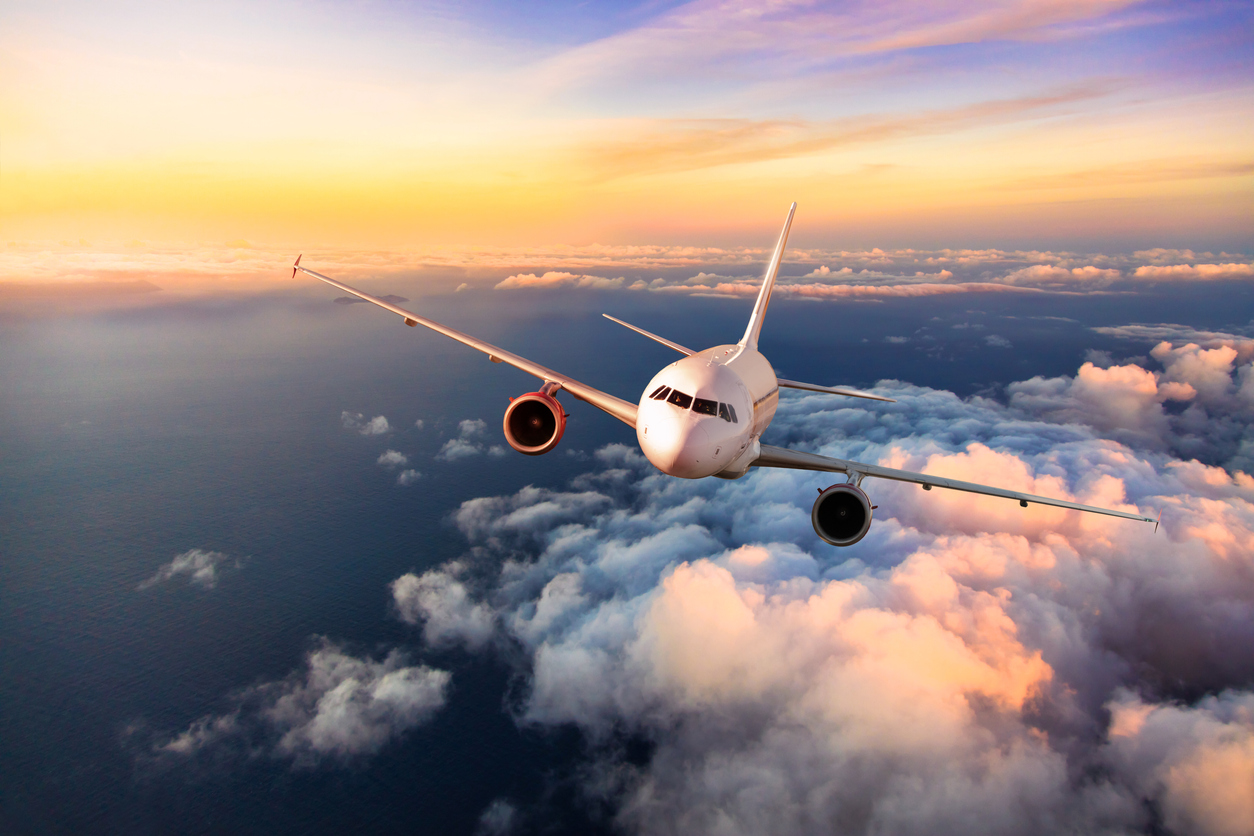Flying at Record Speeds: Discovering the Velocity of Commercial Planes with Wigmore Logistics
Flying at Record Speeds: Discovering the Velocity of Commercial Planes with Wigmore Logistics
Are you ready for takeoff? Buckle up and prepare to be amazed as we dive into the exhilarating world of commercial aviation. Today, we are thrilled to present an exclusive behind-the-scenes glimpse into the realm of speed and precision with our trusted partner, Wigmore Logistics. Get ready to soar through the clouds as we uncover the secrets behind how these magnificent machines achieve record-breaking velocities that seem almost impossible. Whether you’re a frequent flyer or simply fascinated by cutting-edge technology, join us on this high-flying adventure as we explore the velocity of commercial planes like never before!
How Fast Can a Commercial Plane Fly?
Commercial planes are designed to fly at high speeds, and they are constantly being upgraded to fly even faster. The top speed for a commercial plane is determined by its engine type, aerodynamic design, and weight. The fastest commercial plane in the world is the Concorde, which can fly at speeds of up to 1,350 mph. However, this is only possible when the conditions are perfect and there is no headwind. Most commercial planes have a cruising speed of around 500-600 mph. This means that they can cover a long distance in a relatively short amount of time.
What Factors Affect the Speed of a Plane?
As the world’s population continues to grow, the demand for air travel increases every year. This means that airlines are constantly looking for ways to make their planes fly faster. But what factors affect the speed of a plane?
There are many factors that affect the speed of a commercial plane, including the type of plane, the weight of the plane, the weather conditions, and the wind speed. The most important factor is probably the type of engine that the plane has. Jet engines are much more powerful than propeller-driven engines and can propel a plane to much higher speeds.
Another important factor is the weight of the plane. A heavier plane will usually be slower than a lighter one, because it takes more energy to move it through the air. However, this is not always true – some heavy planes can actually fly quite fast if they have powerful engines.
The weather conditions are also important – if it’s windy, that will slow a plane down. And finally, there is also drag – friction between the air and the plane’s body which slows it down. All these factors need to be taken into account when an airline is trying to make its planes fly as fast as possible.
Benefits of Flying with Wigmore Logistics
Flying with Wigmore Logistics has a number of advantages over other airlines. First, Wigmore Logistics offers the shortest flight times between destinations. This means that you can get to your destination faster and with less time in the air. Second, Wigmore Logistics has the most modern fleet of planes. This means that you will be flying on newer, more comfortable aircraft. Wigmore Logistics offers the best customer service in the industry. This means that you will be treated well and your needs will be taken care of.
Technology Used to Measure Flight Speeds
The technology used to measure flight speeds is constantly evolving. In the past, airspeed was measured by anemometers that were placed on the outside of the aircraft. This method is no longer accurate, as commercial planes now fly at much higher speeds.
Today, flight speed is measured by a device called an air data computer (ADC). The ADC measures the pressure and temperature of the air around the aircraft and uses this information to calculate the speed of the plane.
There are several different types of ADC, but they all work in a similar way. Some ADC’s are more accurate than others, but all of them are able to give a good estimate of the speed of a commercial plane.
Different Types of Planes and Their Flight Speeds
There are four main types of planes used in commercial aviation: the Airbus A380, Boeing 747, 787 Dreamliner, and 777. The flight speed of each type of plane varies depending on the model and airline.
The Airbus A380 is the largest commercial plane in service and can fly up to 853 km/h. The Boeing 747 is a large plane as well and has a top speed of 913 km/h. The 787 Dreamliner is a mid-sized plane with a flight speed of 950 km/h, while the 777 is a large plane with a flight speed of 954 km/h.
The flight speed of a commercial plane is determined by many factors such as the weight of the plane, the length of the runway, the weather conditions, and more. The type of plane also affects the flight speed. For example, the 787 Dreamliner is designed for long-haul flights and has a cruising speed that is about 30% faster than other planes like the 747.
Different airlines also have different average speeds for their planes. For instance, Virgin Atlantic has an average flying speed for their fleet that is 10% faster than British Airways. This is because Virgin Atlantic operates newer planes that are designed for faster speeds like the 787 Dreamliner.
So whether you’re flying on a 747 or a 787, you can be sure that you’re travelling at record speeds thanks to W
Conclusion
Wigmore Logistics has been integral in helping us understand the maximum velocity of commercial airplanes. With their data-driven approach, they provided valuable insight into the speed capabilities of different aircrafts and how these speeds can be managed for optimal performance. Using this information, airlines can now ensure that their planes are performing at optimal levels to keep travelers safe and comfortable during their journeys. We thank Wigmore Logistics for helping us unlock a new level of aviation safety and efficiency.


